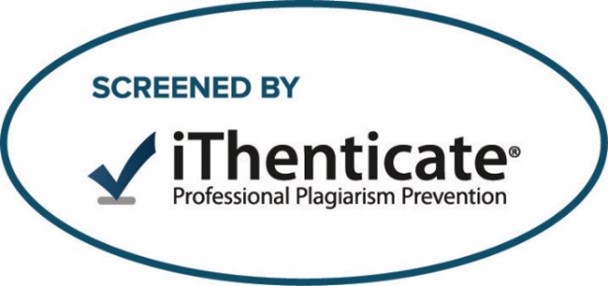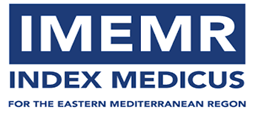Subject Area
Inflammatory disorders
Article Type
Clinical Study
Abstract
Background Data: Ankylosing spondylitis (AS) is a chronic inflammatory disease that can severely alter the normal spinal sagittal balance resulting in functional and social disability. Although the traditional open corrective techniques have provided a great radiographic improvement, they are associated with relatively high morbidity and mortality in an already vulnerable patient with several medical comorbidities. Therefore, a new less invasive technique has been developed in an attempt to achieve both radiographic and clinical improvement while minimizing the possible surgical risks of conventional open approaches.Purpose: To present an innovative less invasive technique for management of thoracic and/or lumbar sagittal imbalance in AS and to evaluate the morbidity, clinical results and radiographic correction following the use of this technique.Study design: Retrospective analysis of prospectively collected data.Methods: Between September 2008 and September 2013, 51 patients (43 males and 8 females) with thoracic and/or lumbar sagittal imbalance due to AS were operated upon. Those patients underwent minimally invasive dorso-ventral osteotomy and reconstruction plus posterior percutaneous instrumentation in the same prone position. Sagittal vertical axis (SVA), T1 pelvic angle (TPA), angle of fusion levels (AFL) and chin-brow vertical angle (CBVA) were used to evaluate radiographic outcomes and degree of correction. Clinical outcomes were assessed by Oswestry Disability Index (ODI) and visual analogue scale (VAS).Results: The mean age at operation was 49.02 years. The mean operative time was 419.31 min with a mean blood loss of 698.24 ml. One third of the patients underwent more than one single dorso-ventral osteotomy. All clinical and radiographic parameters (except for PI) showed a statistically significant improvement after surgery (P< 0.0001). The mean correction of AFL was 32.23±10.16° while the mean loss of correction was 2.00±2.89°. In the present study, not only the mean ODI improved significantly from 48.67±7.86 preoperatively to 19.25±10.22 at the latest follow up (P< 0.0001), but also 94% of the patients showed >30% improvement from the baseline ODI. Moreover, the changes in ODI were significantly related to the changes in SVA, TPA, AFL and CBVA. Dural tear and transient radiculopathy were the most common complications.onclusion: This technique has obvious advantages in reducing blood loss, optimizing correction and reconstruction, facilitating the postoperative course, and providing satisfactory clinical outcomes. We believe that this novel technique, although technically demanding, offers a safe and effective alternative for traditional open surgery in managing thoracic and/or lumbar sagittal imbalance due to AS. (2018ESJ159)
Keywords
Ankylosing spondylitis, minimally invasive spine surgery, sagittal imbalance
How to Cite This Article
Ibrahim, Mahmoud; El-Meshtawy, Mohamed; Shousha, Mootaz; and Boehm, Heinrich
(2018)
"A Less Invasive Technique for Correction of Thoracolumbar Sagittal Deformity in Ankylosing Spondylitis,"
Advanced Spine Journal: Vol. 27
:
Iss.
1
, Article 2.
Available at: https://doi.org/10.21608/esj.2018.18290




















